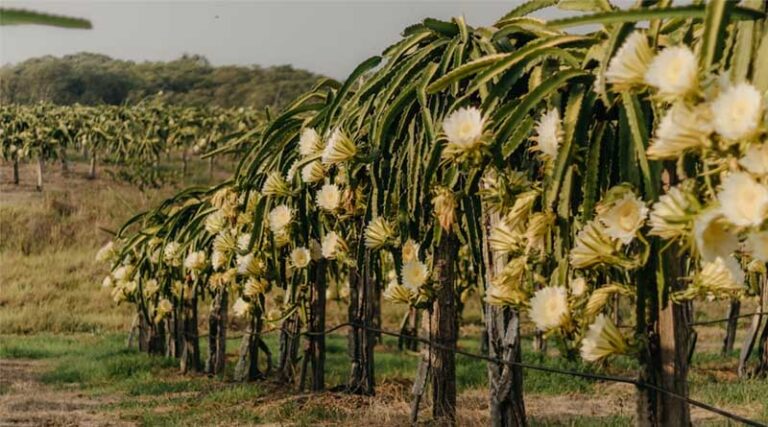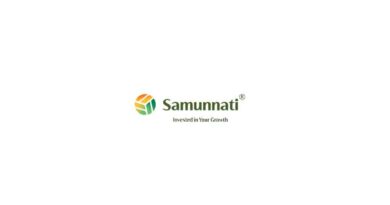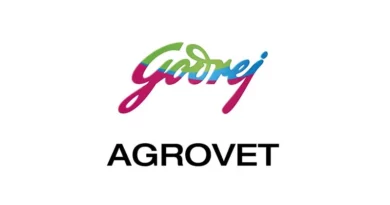
Artificial Shading Technology for Managing Sunburn in Dragon Fruit
04 October 2025, New Delhi: Dragon fruit (Selenicereus spp.) has become a high-value horticultural crop across semi-arid and hot-humid regions of Maharashtra, Gujarat, Karnataka, Tamil Nadu, Andhra Pradesh, Telangana, and West Bengal. However, during peak summer months when temperatures exceed 35 °C, the crop faces a severe challenge of sunburn injury.
Due to its Crassulacean Acid Metabolism (CAM) physiology, the plant closes its stomata during the day, restricting evaporative cooling. This results in yellowing of cladodes, stem rot, loss of chlorophyll, increased disease susceptibility, and reduced flowering and fruiting, ultimately affecting yield and fruit quality.
Limitations of Existing Practices
Farmers have traditionally attempted to manage sunburn through practices such as leaving the crop untreated, reducing irrigation, using 50 percent green shade nets, or applying foliar sprays of kaolin at 5–10 percent. While these approaches provide some relief, they fail to establish a conducive microclimate for growth and leave plants exposed to heat stress and solar radiation.
To address this issue, the ICAR–National Institute of Abiotic Stress Management (NIASM), Baramati, developed an artificial shading technology during 2022–23. Research demonstrated that black and white shade nets with 50 percent intensity were more effective than green nets. The recommended design involves the use of RCC poles or metal angles of 8–10 metres in height, fitted with two-metre “T” bars at ten-metre intervals. A two-metre-wide shade net is positioned 0.75 metres above the plant canopy during April–May and removed with the onset of the monsoon. The installation cost ranges between ₹1.0–1.5 lakh per acre.
Demonstrated Benefits
The introduction of this technology lowered canopy temperature by 5–6 °C and reduced incident light intensity by nearly half. This resulted in over 90 percent reduction in sunburn occurrence and a 30–40 percent decline in disease incidence. Chlorophyll levels were maintained, ensuring continued photosynthesis under heat stress. Flowering was advanced by about 12–15 days, fruit set improved, and bud drop was reduced. Farmers adopting the technology recorded yield gains of 40–70 percent, reaching 5.5–8.0 tonnes per hectare.
The shading system was successfully demonstrated in major dragon fruit growing districts of Maharashtra including Pune, Satara, Sangli, and Solapur. Farmers observed accelerated flowering, 20–30 percent improvement in fruit set, one to two additional flushes, a reduction of nearly 25 percent in pesticide use, and net income gains of ₹2–3 lakh per hectare.
Also Read: Trump’s Tariffs Against Brazil Are Illegal, but Remain in Effect Until Final Ruling in the US
📢 If You’re in Agriculture, Make Sure the Right People Hear Your Story.
From product launches to strategic announcements, Global Agriculture offers unmatched visibility across international agri-business markets. Connect with us at pr@global-agriculture.com to explore editorial and advertising opportunities that reach the right audience, worldwide.






